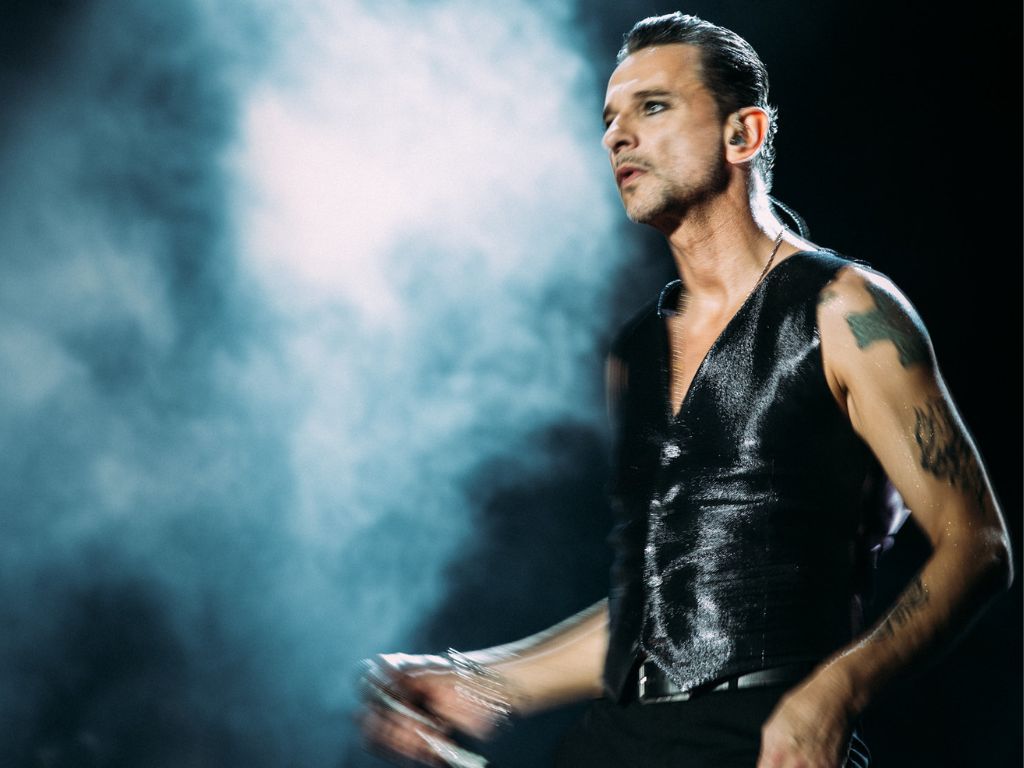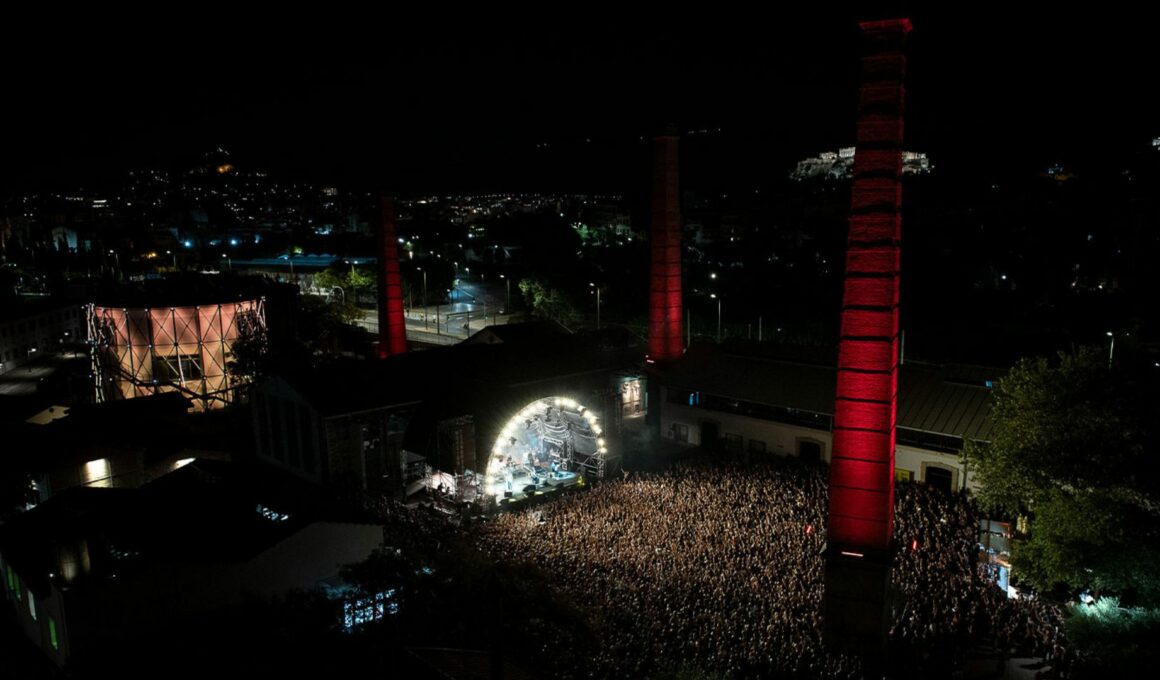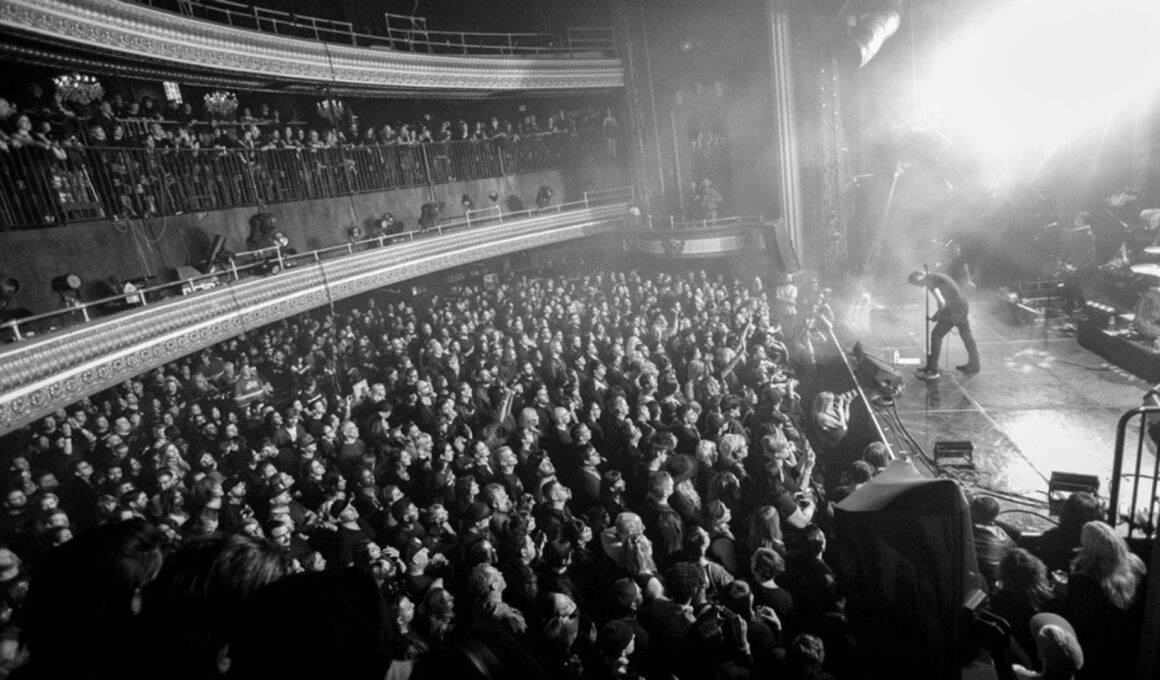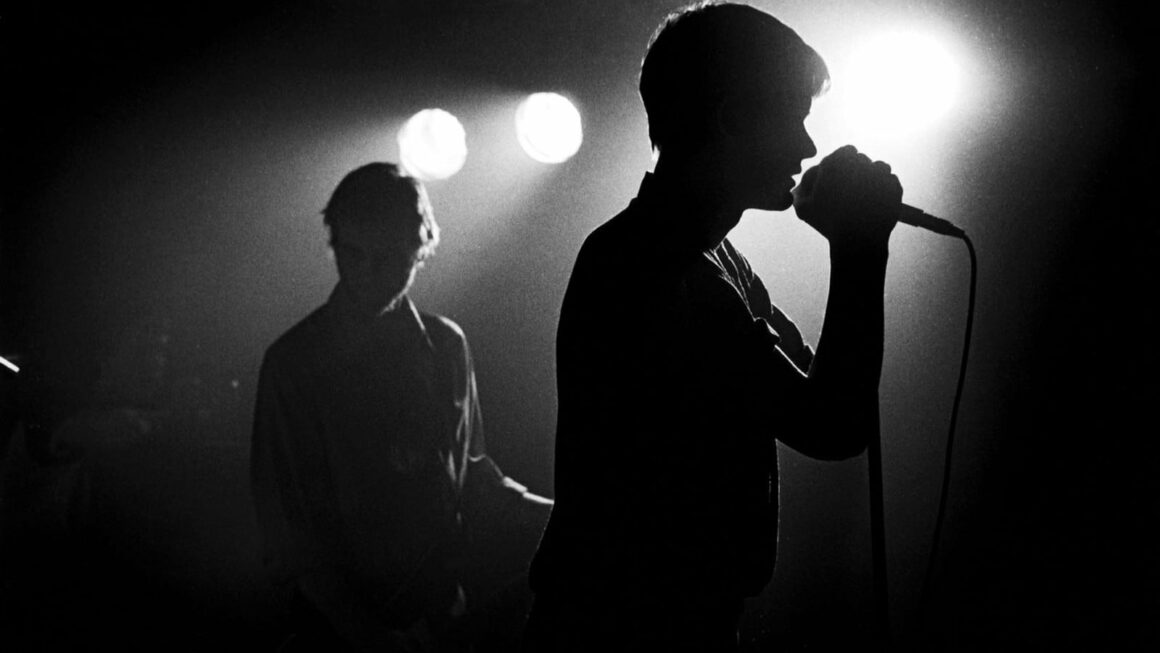
Investigating Depeche Mode’s “Enjoy The Silence”
An examination of the timeless themes surrounding the band’s iconic new wave classic.
While many of the songs from the new wave era included gothic elements, obscure book references, and historical head nods, Depeche Mode’s “Enjoy the Silence” is not bound by culture in the same way. After its release in 1990, the track became popular through steady airplay, various covers, and massive chart-topping success. It has been certified gold in the US and even won the 1991 Brit Awards “Best British Single” category. To this day, “Enjoy The Silence” is an absolute favourite among music fans all around the world. We decided to take a closer look at how the track has managed to stand the test of time so well.
Written by the band’s creative mastermind Martin Gore, “Enjoy The Silence” was originally based on an organ and intended to be released as a ballad. However, it was Alan Wilder who suggested speeding up the song and after some time he managed to convince the other band members of the idea. The first thing that’s notable when listening to the track is how its melody doesn’t fit neatly into a box. It’s somewhat solemn, yet it’s also calming and meditative. Remnants of its beginning as a ballad also create depths beyond the characteristic synth-pop of the era and as a result, the song’s emotional meaning is left very open to interpretation.
Thematically, “Enjoy The Silence” is about ways words can hurt when used too heavily – a timeless theme, familiar to everyone who has ever done some form soul-searching. The narrator finds that holding his beloved in his arms satisfies all his emotional and spiritual needs. One notable fact is how the object of the narrator’s affections is not really given a voice or personality within the lyrics. It’s much more implied that he is done with fanciful wooing and sweet talk and instead prefers time alone. Nevertheless, “Enjoy The Silence” is a debatably romantic song.
The theme of soul searching also links neatly to the imagery of the accompanying music video that shows frontman Dave Gahan as a wandering monarch searching for his kingdom. Directed by long-time Depeche Mode companion Anton Corbijn, the video to “Enjoy The Silence” was inspired in part by Anton de Saint-Exupéry’s classic children’s book The Little Prince. This shows in the shots of Gahan wandering through disparate landscapes such as the Scottish Highlands or the Swiss Alps. He is carrying a deckchair under his arm instead of a throne and is surveying a new domain each time. This wandering king without a real kingdom brings an expanded narrative and more emotion than simple physical longing. In addition, we are not shown the king ever reaching a physical destination.
Additional angles come primarily from the video and the childlike whimsy of the source book by de Saint-Exupéry. Some of these involved the sinister idea that the narrator has dominion over the object of his affection. Seen this way, the song is a thinly veiled, romanticised way of justifying his silencing of the other person in the relationship. However, this patriarchal lens leaves no room for the narrator to have genuine feelings behind his longing for silence. In another more innocent light, the song could be seen as a testament against the braggadocio of many when pursuing the object of their affections – the idea that ultimately in love, simplicity, honesty, and time are best.
In the end, we believe that “Enjoy The Silence” touches people through its acknowledgement of the deepest human needs – with Dave Gahan singing not just of his feelings but love as a whole. The accompanying music video brings to mind how loftier pursuits have been discarded in favour of a loved one, and in this way, it reaches something within many.









